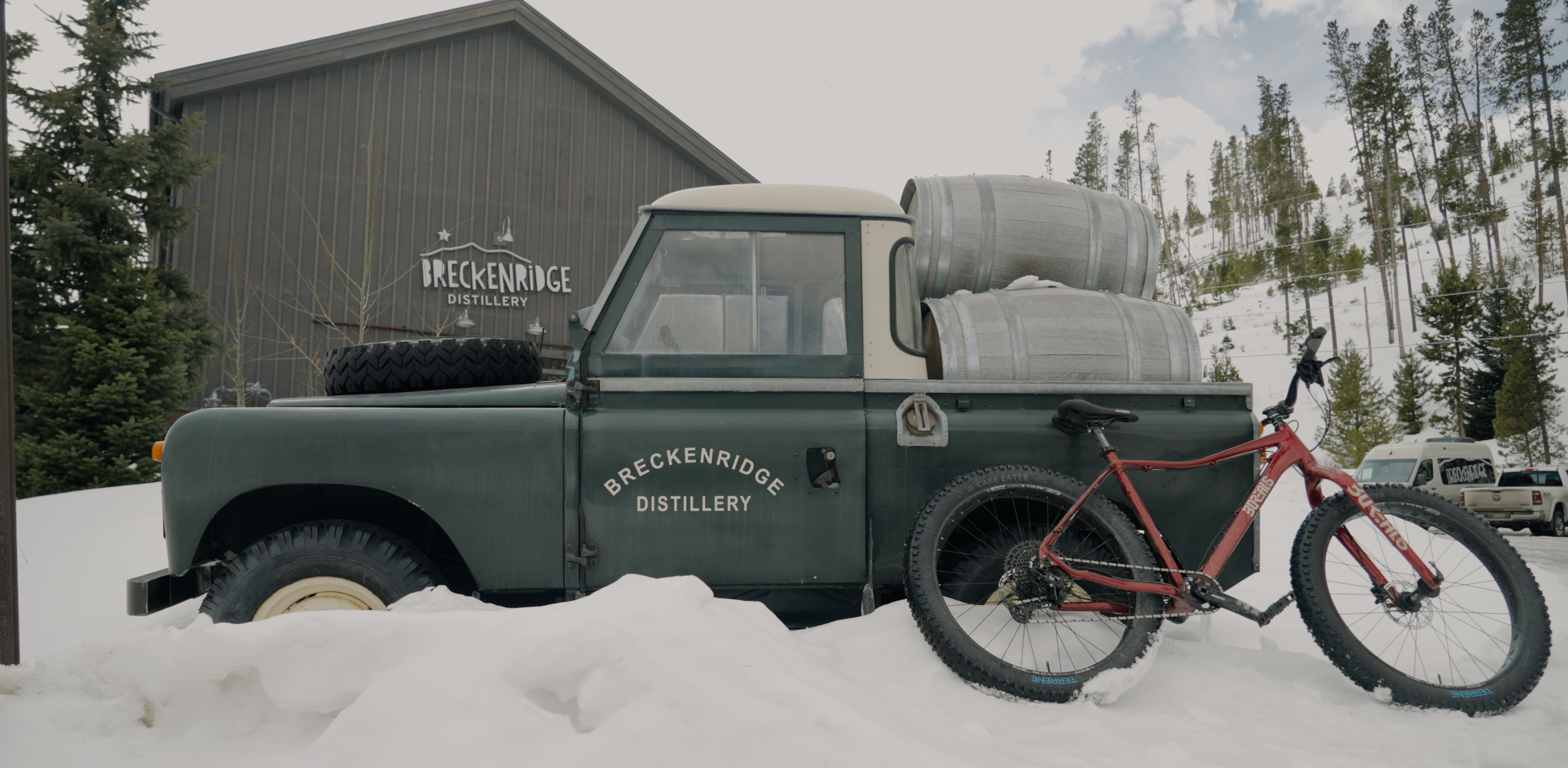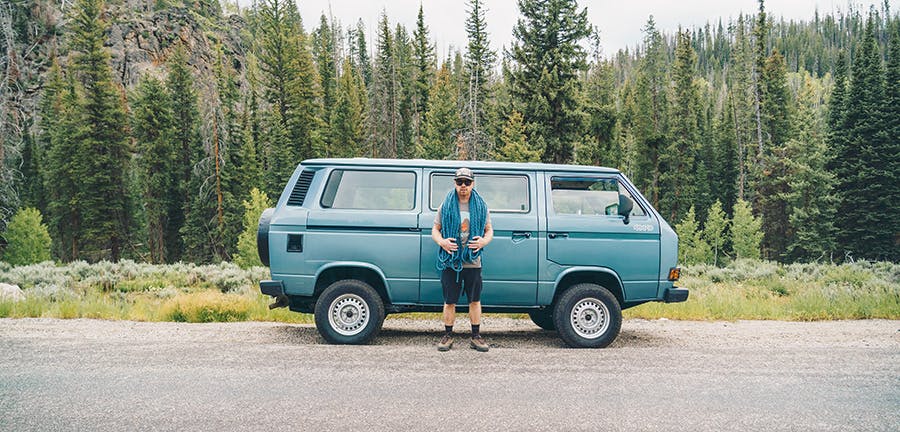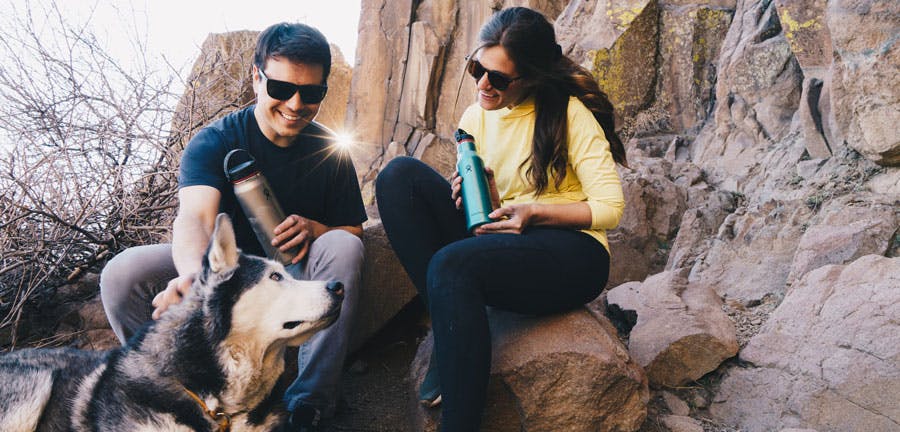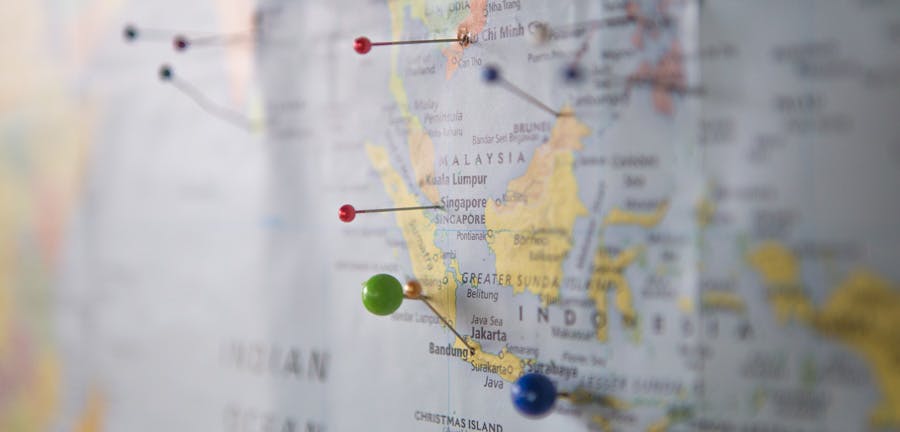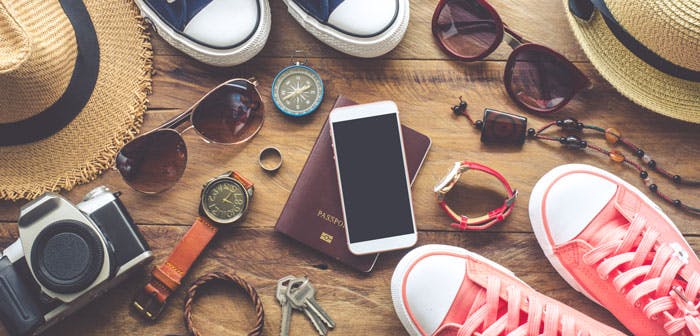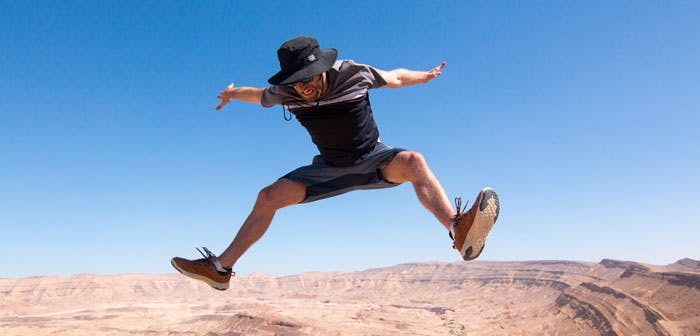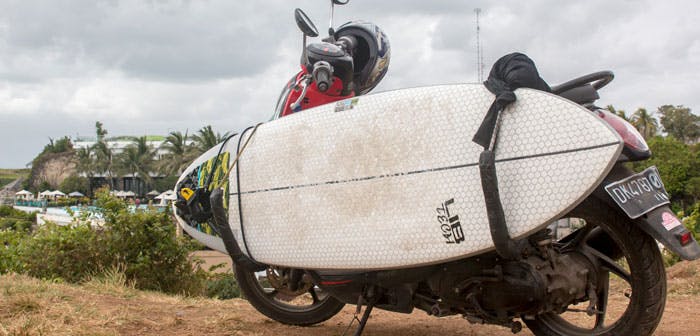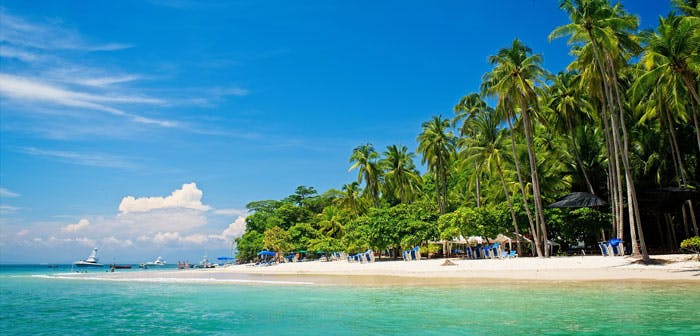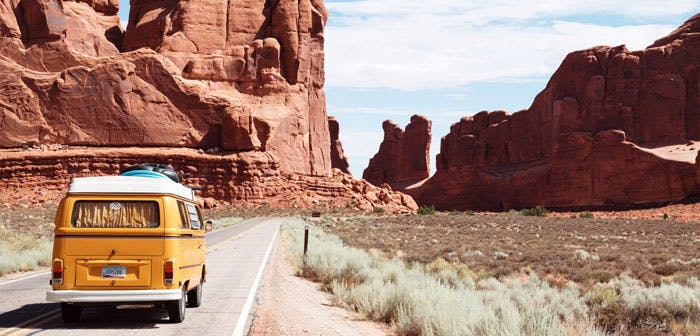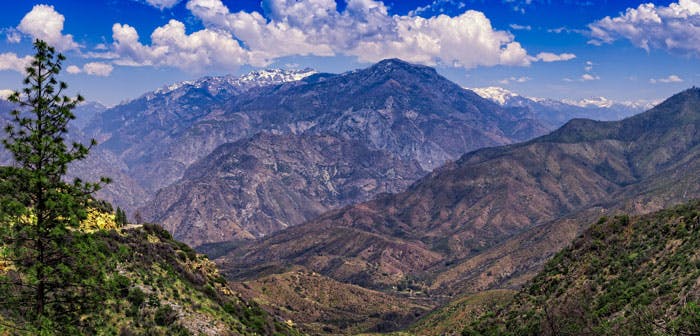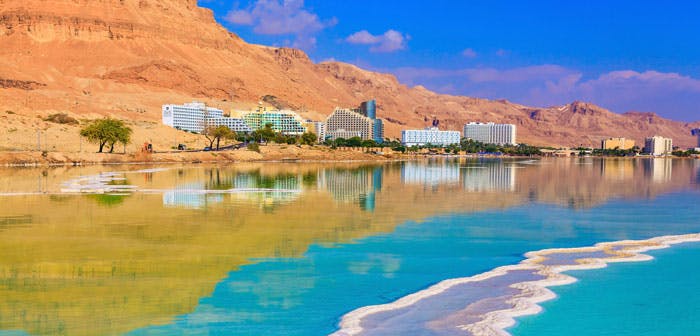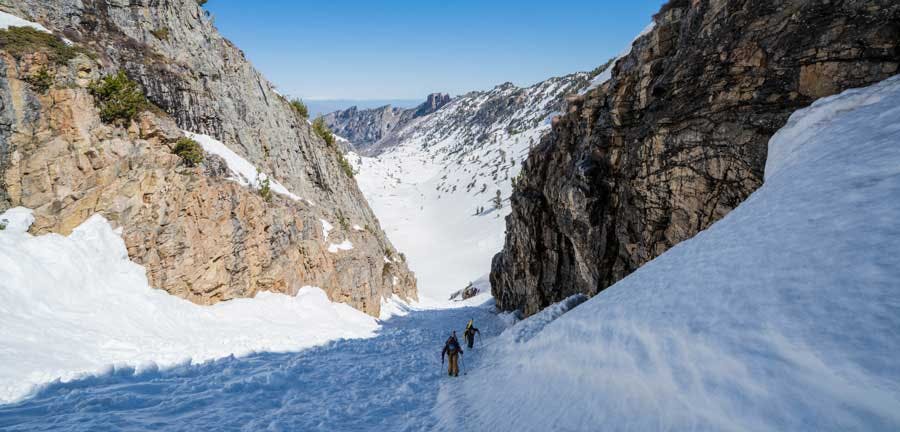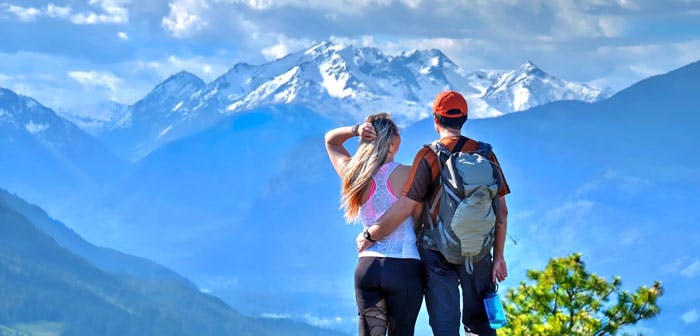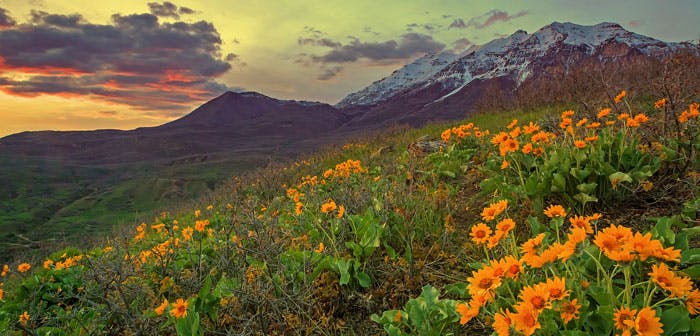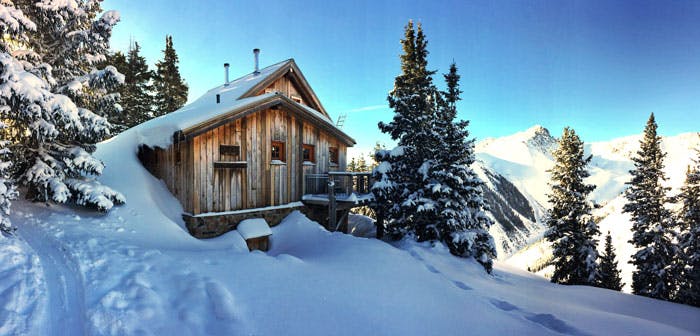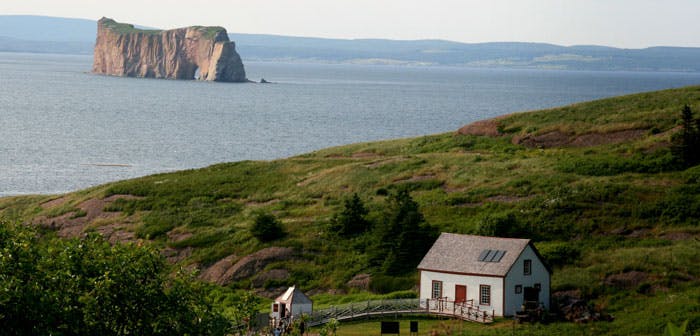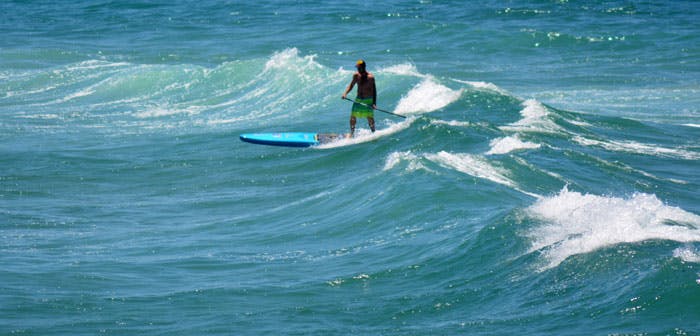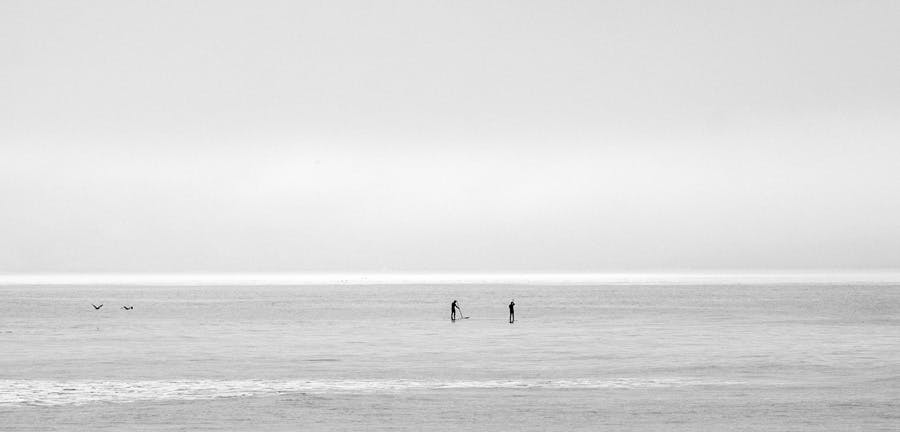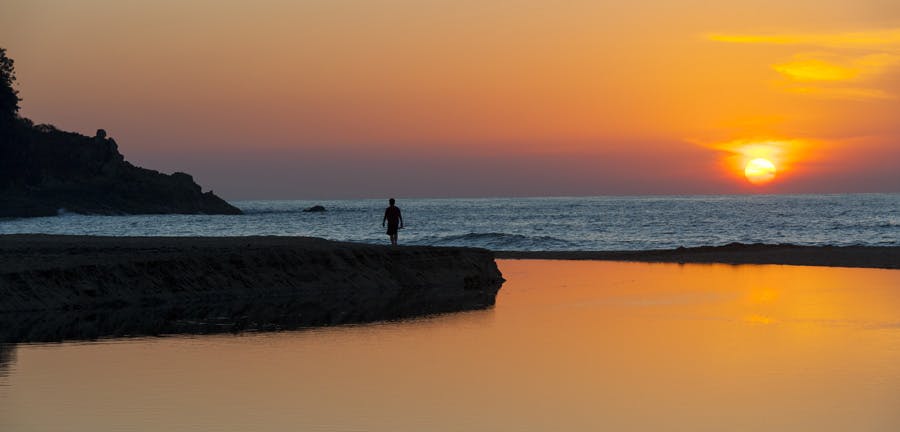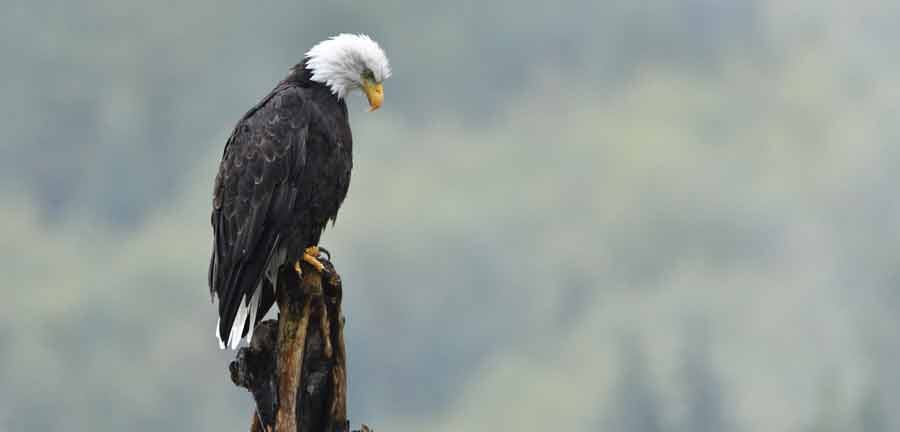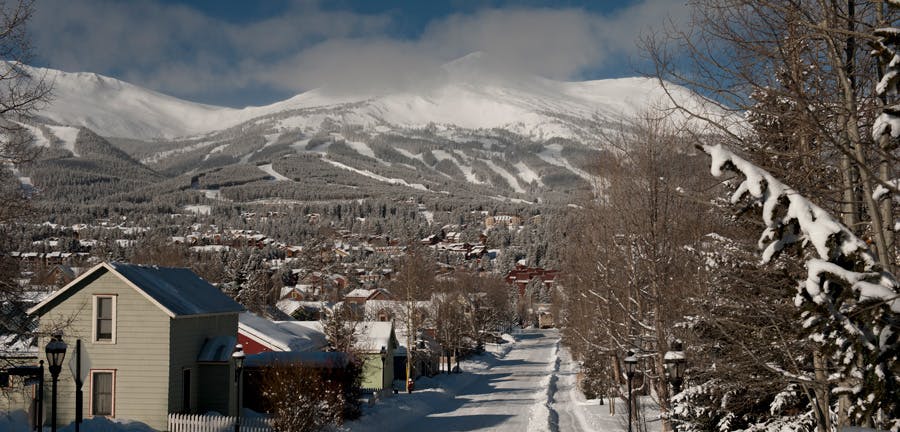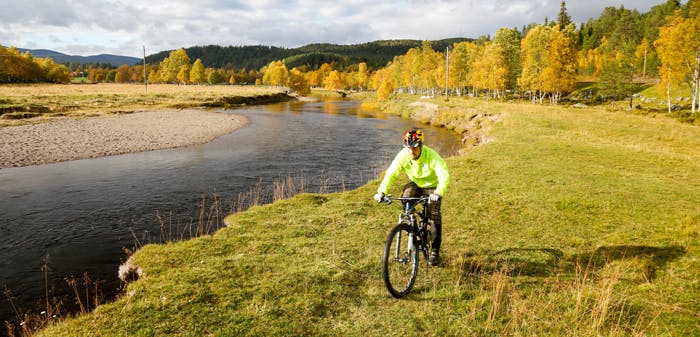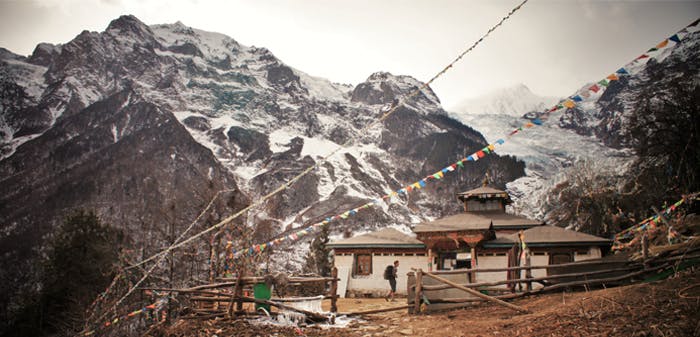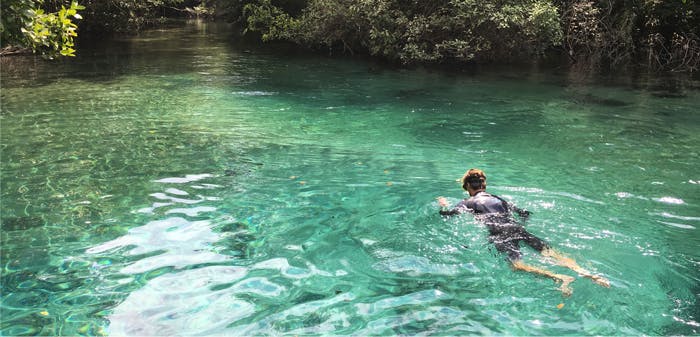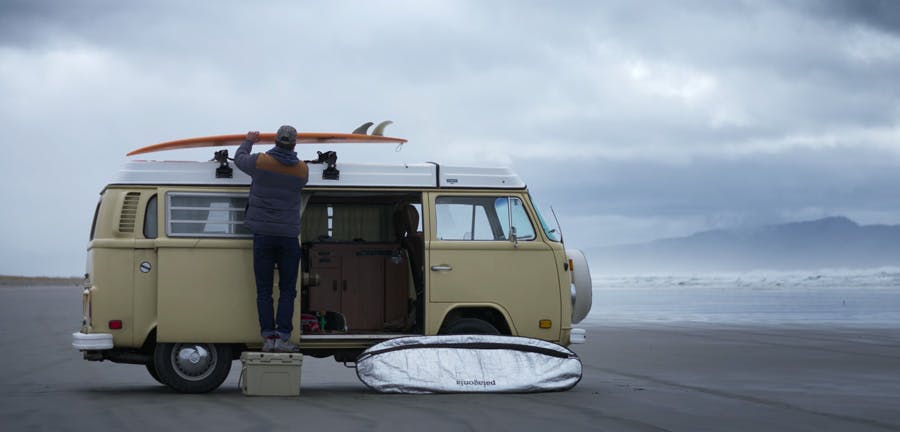In the Passenger Seat with Doug McDonald, Owner and Lead Guide of Basque MTB

The Scottish owner of Basque MTB, Northern Spain’s premiere mountain bike tour company, talks trails and terrain, Basque beer, Spanish lunches, the importance of relying on local guides, the awesomeness of Orbea bikes, and Basque MTB’s “No Strava” policy. If you’ve ever thought about taking a mountain bike trip to Europe, there’s no better guide—and no better place.
____
My elbows are torn up. A bandage is wrapped around my forearm. My legs feel like lead sculptures, mold casts of their former mediocrity. However, the muscles that have gotten the most use this past week were not my quads or calves, but the muscles around my lips, those “smiling muscles,” the muscles that twitch uncontrollably when you accomplish something you didn’t know was possible, when you go extremely fast on a brand-new bike, when you get covered in mud on singletrack high above the Basque Coast.
The past week has easily worked its way into my personal adventure hall of fame. And while there are a team of folks responsible for that, there’s one guy who deserves an extra bit of recognition: Doug McDonald, the owner of Basque MTB.
Doug is a Scottish ex-pat who, through a series of fortunate events, has found himself running what may be one of the best mountain biking tour companies in existence. He speaks Spanish with a full-on Scottish accent, often has flecks of trail embellishing his wild beard, and tackles technical singletrack with the grace and speed of a mountain goat on performance enhancing drugs.

After spending a week with Doug and thoroughly enjoying the Basque MTB experience, I’m leaving Spain with a lot more than scratches and scars, but a few stories to tell, a few more skills under my bike short waistband, and an amplified appreciation for all things singletrack.
I’m sitting now, beaming despite the bruises, in the front seat of a passenger van. The van has a bike trailer on the back and “Basque MTB” blazoned on the side; it’s been our crew’s shuttle for the past few days of vertical nirvana. Every morning, we’d load up the trailer, bundle into the van, and head out on the back roads of Basque Country, in search of mind-blowing singletrack. Every day, we found just that.
Doug sits in the front seat, twirling fingers through his beard, a rare moment of calm for the busy mountain bike maestro. I press record, and ask him a few questions.
Active Junky: How long have you been mountain biking?
Doug McDonald: I guess I’ve always mountain biked, but we didn’t call it mountain biking when I was a kid. I grew up in the country, so it was our transportation until we were 17 and could drive a car. But I started properly mountain biking around 2001.
AJ: How long have you been leading trips?
DM: Eight years. I did my mountain bike leader qualifications eight years ago.
AJ: Was that in conjunction with your move to come to the Basque Country?
DM: Absolutely. When we decided to come here, and I began making plans to start Basque MTB, I started working to get my mountain biking leader qualifications. At the time, I was riding with a local club [in Scottland], so I was actually leading rides anyway because I had been in the club for a long time, but I didn’t have any qualifications. That’s when I started properly leading.
AJ: Why the move? You saw an opportunity in the Basque terrain?
DM: My wife is from here, but we were living in Scottland. She got offered a job, and she asked how I’d feel about moving here. I said “yeah” straightaway, that I’d like to move. But what was I going to do for work? At that time my Spanish was very basic. We set up the idea to do a holiday company, which would be multi-sport: mountain biking, surfing, maybe some horseback riding, climbing. I was doing all sorts of sports as hobbies.
When we came out here — and mountain biking was always my main thing, that’s what I’ve loved above everything else — when we came out here, and I started biking, and found out what the terrain was like and how good the trails were — I said forget all the other sports, all I wanted to do was mountain bike. So I made Basque MTB just mountain biking. Me and my wife made an agreement that we’d do it for three years, and if I couldn’t make a living just doing mountain biking, then I would diversify or do something else. But I was quite sure, seeing the terrain and how spectacular it was, that we would be able to make it work just with mountain biking.
AJ: And here we are eight years later. We just met some people who have been coming here for six years. That retention rate is crazy. How do you explain that? Why do people keep coming back?
DM: We try and change things. Those guys were saying they come back every year but I’m always showing them new trails. We book different trips, so those guys did a different trip last year, they did the backcountry Pyrenees trip. This year they did the Basque coast trip, this is their fifth year doing the coast. And they’ve already booked for next year in the Pyrenees.
I don’t know why people keep coming back. It’s something I’m really grateful for. It validates what we’re doing. It’s easy to check a box on a feedback form, but to book again, that’s the ultimate. People feel like they’re a part of it. We treat it as a job, but we’re also pretty informal, so we end up being friends with people.
AJ: What’re some of your favorite aspects of the riding here? The terrain, the trails?
DM: It’s the variety. You’re never bored here. Speaking as someone who rides all the time, I’m never going to get bored. There’s always something different. You’ve seen it — we’ve done stuff on the coast that’s all open and rock, we’ve done earthy, twisty trails in the trees, we’ve got natural trails, trails that are built, big point-to-points where you move across the country, little circuits where you’re using uplifts and riding downhill tracks. And in two hours, we’re in the heart of the Pyrenees, riding a different type of terrain.
AJ: Can you talk about the local guides? How important are they to your business?
DM: One of our core values at Basque MTB is that we do as much as we can local. So we eat in restaurants that are run by local people, the accommodations have to be locally owned, and the same for the guides; we only use local guides. We have a slightly different business model than some other companies. It’s a proper job for them, it’s not some extra pocket money or enough to buy some bike bits. I’m not saying “Oh c’mon, you’ll ride your bike and earn a bit of extra money!” We don’t do it like that. The guys get proper salaries, a good bit above the Spanish average salary, and because of that they stay. Antonio’s been with us four years now, Borja’s been with us for three years, Carlos just started but he’s collaborated with us, helping me find trails for the last six or seven years.
AJ: Can you give us a bit of background on the guides and their riding styles?
DM: Sure. Antonio is the grandfather. He’s late forties, and has been biking in the Pyrenees since before it was called mountain biking. They took the bikes they had, modified them, and rode in the Pyrenees. So he has huge trail knowledge — a lot of stuff he’s forgotten (laughs), but when he remembers, there’s a lot of knowledge there. He knows everyone in the Pyrenees. Antonio’s riding style is fast but very smooth. He’s not a racer but he moves over the terrain very light on the bike. Very smart, rides within his limits. Antonio would be on an intermediate to advanced group. If the guests are properly advanced and upwards, Antonio can still guide them but he might not guide them from the front. Quite often we guide from the middle of the group so the fast guys can go.
If it’s an intermediate group, it’s Borja, especially if they’re fast, because Borja is unbelievably fit. He does road biking and ultra marathons for fun. He’s one of those crazy guys, he does the Tour du Mont Blanc, it’s like a hundred-something kilometers. So if there’s a fast group, Borja’s great with them.
And then Carlos. He’s the first person I met in Basque Country. We’ve been riding and exploring together since then. This is his first year guiding. He’s proper fast. Sometimes not as smooth as Antonio, but really good style and really good understanding of mechanics, so I’ll use Carlos for skills days. Plus, his English is perfect and his French is fluent.
AJ: This week, you had some slower folks, us in the middle, and then the guys who are just flying. How do you deal with a group with different skill levels?
DM: That’s the reason Basque MTB is the size it is. As soon as you have a group with mixed skill levels, you have to be able to split them up. To split them up, you need two drivers, two guides, and two vans. The main weeks of Basque MTB are two vans, two trailers, two guides and two drivers. When I take the bookings, I’m careful to get people in a close skill level, but then we can split them up within vans. This week, for example, was a slightly bigger week, so we had three vans and three drivers and three guides.
It’s just about having the right number of people working for the groups that you’ve got. For instance, with the infrastructure we had this week, we could’ve taken 21 people. But we didn’t. We took 16. That gives you the flexibility to be able to divide people up. There’s nothing worse than coming on holiday and being put in a group that you’re not ready for, of a different skill level. There’s always going to be a slight spread, but we try to manage that.
AJ: Talk a little bit about lunch. Especially for our American readers, a mountain biking lunch can be just goos and a Gatorade. What’s going on in Basque Country?
DM: So we base it on the weather, and what people want. In Spain, they have the menu del dia, the menu of the day, and it’s cheap and generally really good. In Basque Country, where food is really important to people and we know the restaurants, there are some really good restaurants where you can eat for between 9 and 11 Euros: 3-course menu, with well-cooked fish or steak, with wine included in that price.
So this week, on the day that was going to be wet, we sat down, had a nice meal while it was raining, and afterwards we came out when the sun was out — we timed it well. We don’t do it every day because it does take longer, but we’ll do it two or three times a week. The other days, we have a nice sandwich, or buy a group picnic and have it set up when you guys arrive.
AJ: And stopping at the coffee shop is a pretty cool experience.
DM: Yeah. So if we’re going to do another uplift, and we’re loading up the vans, it’s nice for you guys to hop in and get some tapas and coffee. The food here, it’s one of the things Basque Country is well known for. So we include that gastronomic experience in the mountain biking experience.
Mountain biking makes you hungry and thirsty, so we try and help people find the best food around, and then we’ve got a deal with the local craft beer as well, so we’ve got the hunger and thirst covered (laughs).
AJ: In Spain, that craft beer experience is rare.
DM: Yeah, it’s coming to San Sebastian just now. We’ve got five or six breweries starting up, but three or four years ago that wasn’t possible, it was just normal lager. The beer you guys have been drinking, the Kolsch, just today was voted in the top ten blonde beers in the world.
AJ: That’s awesome. Can you talk about the uplift ratio?
DM: We’re definitely not a downhill holiday. We ride up and down. But, if you don’t do any uplift, you don’t see a lot of the area because there’s a certain amount of distance you can cover. And also riding five days in a week is hard. So we offer uplifts and van support. Typically, it’s 70-80% uplift. So to do 1000 meters descending, you do 200 or 300 meters climbing. 1000 meters descending is normally about an hour. 300 meters of ascending is just under an hour. So in a day, if you spend two or three hours going down, you spend one and a half or two hours climbing. At the end of the day, you feel tired, like you’ve had your exercise, but you’ve had a lot of descending, too.
AJ: You’re an ambassador for Orbea. The bikes we were riding were Orbea bikes. Talk about that Basque connection.
DM: I wanted to link Basque MTB as much into the Basque culture as I could. So we talked about local guides, local accommodations, local restaurants, local beer — all trying to show people the Basque culture. You’re in a special part of the world. It has strong culture, it’s a small region with its own language. It’s natural for us to want to work with one of the Basque bike companies. There are a few companies here that make bikes, but for me the Orbea bikes are just really, really good. We spend a lot of time riding bikes, and we’re not going to ride bikes that we don’t like. That’d just be horrible. So we started speaking to Orbea, trying to build a relationship, and now we are ambassadors for the Orbea brand.
Basically, what it means is we get to ride their bikes, we get to give them feedback on the bikes and how they work, ideas for what could be changed for future models, and we take photos of the bikes, try to keep them supplied with photos of us riding the bikes. And we’re there for people who want to ask questions about the bikes.
AJ: Like us.
DM: Everyone on the holiday always asks! We have no requirement to push the bikes at all; we just give our honest opinion. Which bike might suit people, and that sort of idea. We get to ride the bikes all year round, and we have very few issues given what we put the bikes through, so this year I bought four hire bikes, so now we can rent out the Orbea bikes as well.
AJ: What are your three favorite Orbea models?
DM: The Rallon, which is their enduro bike. 160mm travel, one of the best enduro bikes in the world. Aluminum only, not carbon fiber, but incredibly fast, the angles are great, you can ride anything on it.
The Occam AM, it’s carbon fiber, weighs under 11 kilograms. 140 travel. I’ve been using that all this week, a great bike for climbing and descending, and having fun on. It’s not as fast as the Rallon and you definitely have a limit on that bike. For a lot of the riding we do, it’s a great bike.
And then the other bike I’ve got which has been a surprise to me is the Loki 27+ hardtail. One of the most fun bikes. Both of the other bikes I’ve got are way faster in every situation, for climbing and descending. But the Loki is just really good fun. It’s immediate, same angles more or less as the Occam, with no suspension on the back and fatter tires. The only thing it can’t do is wet mud.
AJ: Last question. So we’ve talked a bit about the “No Strava Policy.” Can you elaborate.
DM: A lot of these trails are maintained by local people. And I’ve discussed this with those local people: the feeling is, these trails should not be on Strava. We have motorbikes that come and ride some of the trails that they shouldn’t be riding. Local riders think the motorbikers are looking on Strava for descents. Because everything’s so earthy here, it’s not rocky, the motorbikes really destroy a trail. It’s really out of respect for the local riders that we ask people not to use Strava. It’s just to look after the local trails and respect the people who put their time and effort into maintaining those trails.
AJ: Thanks so much, Doug. It’s been a fantastic week.
DM: Cheers.
Related Articles

